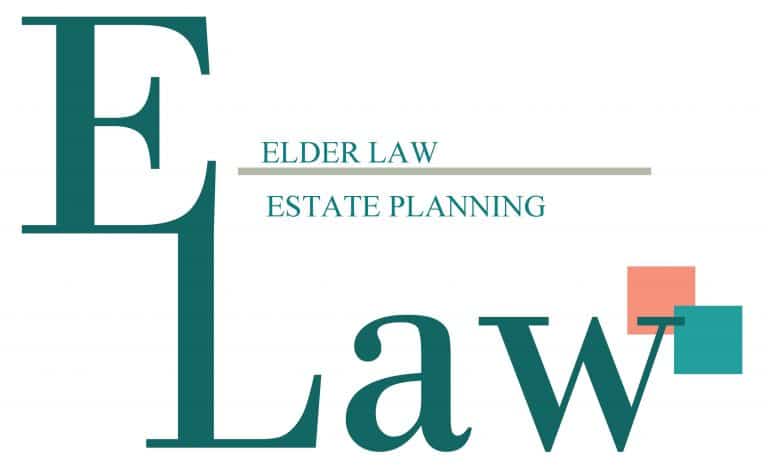Kistein Monkhouse, CEO & founder of Patient Orator, a digital startup helping underserved patients close the communication gap with their health care team, says that communications issues between patients and caregiving teams happen often. As a result, people must know and understand their rights. “It’s a highly emotional time, and especially if it’s an emergency, the urgency is around seeking care, not focusing on your rights as a patient. Then something happens, and you are left wondering what to do,” Monkhouse said.
According to Monkhouse, Next Avenue’s recent article entitled “Discharge Planning: Know Your Rights,” hospitalization can be especially challenging for people impacted by health disparities, whether of color, LGBTQ+, women, or older adults. Insurance is a massive driver of early discharge, and in fairness, she said, hospitals do not want patients to get any infections while there. Therefore, sending them home is frequently the safer option.
However, if a senior in the hospital cannot perform “activities of daily living,” such as getting to the bathroom on their own, getting dressed, eating independently, or taking care of personal hygiene, it is probably too soon. Monkhouse said the person must stand up on their own without being afraid of falling.
The family caregiver usually must step in during the discharge planning process, especially if the patient cannot advocate strongly on their behalf. Good discharge planning for patients, their families, and their care providers mean more successful transitions from one care setting to another. Medicare-participating hospitals must deliver valid, written notice that states a patient’s rights as a hospital patient, including discharge appeal rights.
This notice should be provided at admission or within two days of entering a facility. About 40 states have or will soon implement the Caregiver Advise, Record, Enable (CARE) Act. That is a model state law developed by AARP to help family caregivers as their loved ones transition from hospital to home. The CARE Act requires hospitals to:
- Record the name of the family caregiver on the medical record of the loved one;
- Tell family caregivers when their loved one is to be discharged; and
- Provide the family caregiver with education and instruction of the medical tasks they will need to perform for the patient at home.
A discharge plan should be provided in writing and should include the following:
- Where and how a patient will get care after discharge;
- What the patient and their support groups can do to help with recovery;
- Any health care issues that might occur in the new care setting;
- Clear explanations about medications going into the new care setting;
- Arranging for necessary equipment or supplies for activities of daily living;
- Resources available to help cope with and manage the illness or condition; and
- Available resources to help with care-related costs.
Note that hospitals must display a Patient Bill of Rights.
Reference: Next Avenue (Feb. 4, 2022) “Discharge Planning: Know Your Rights”



